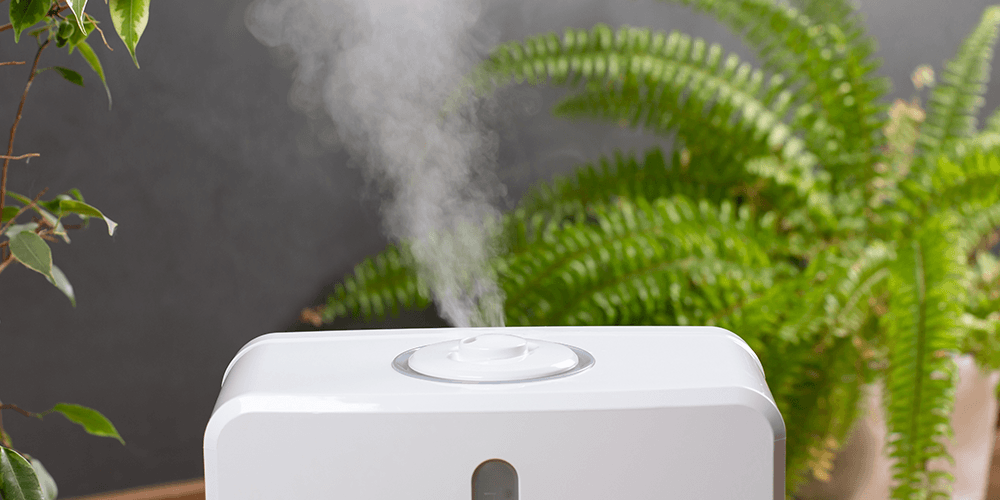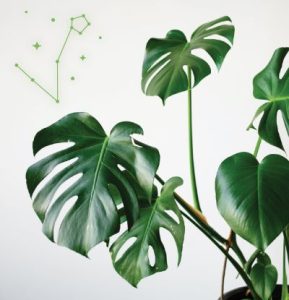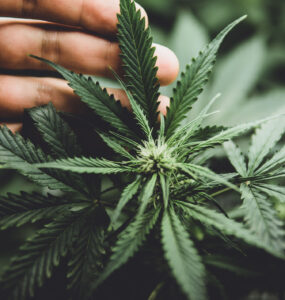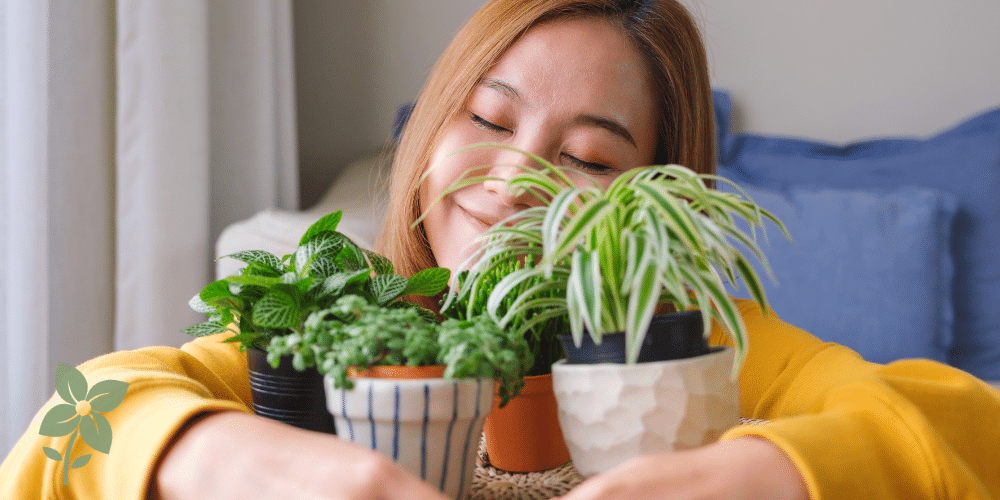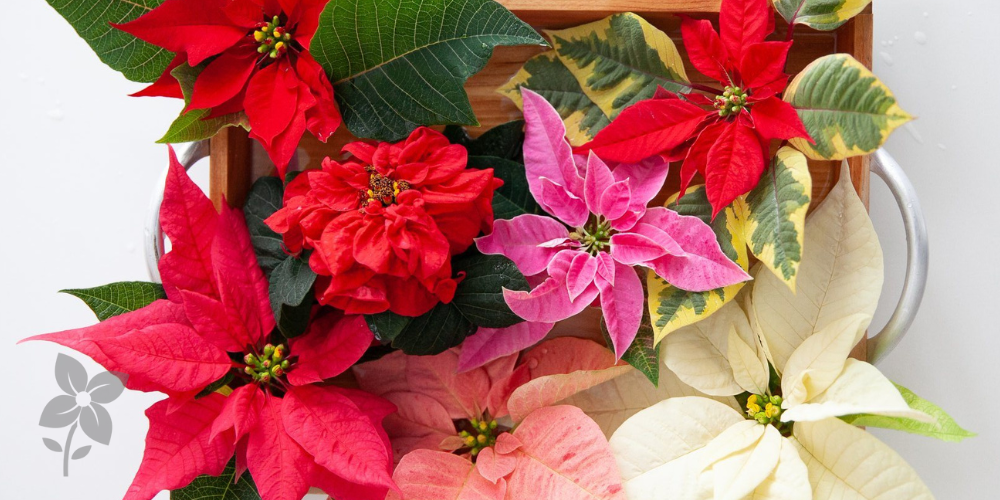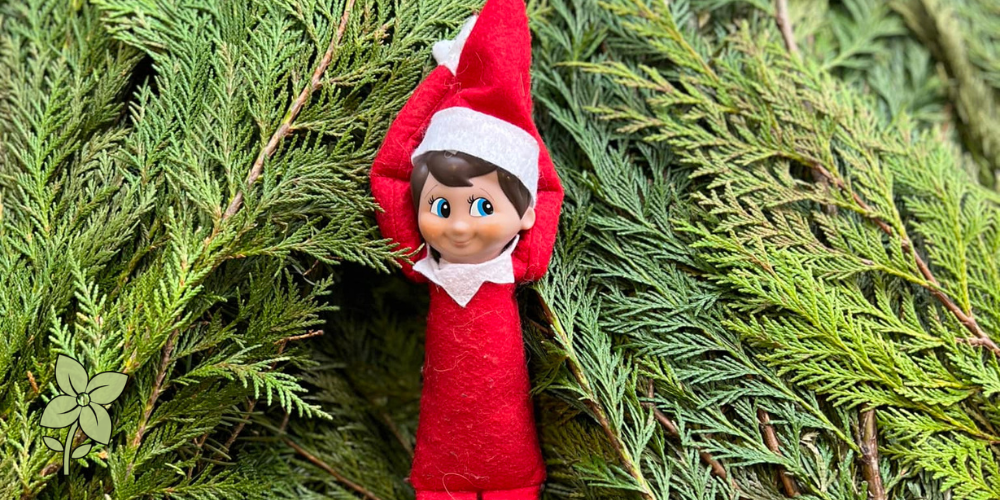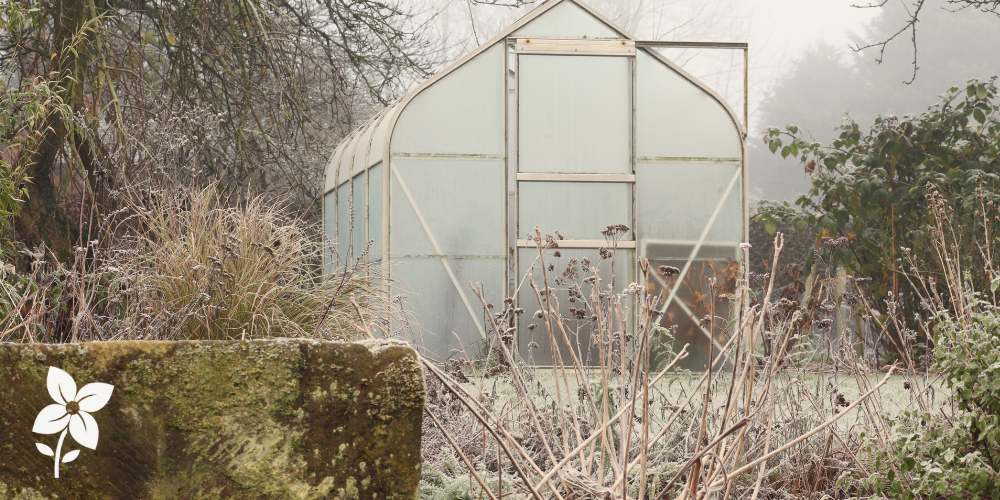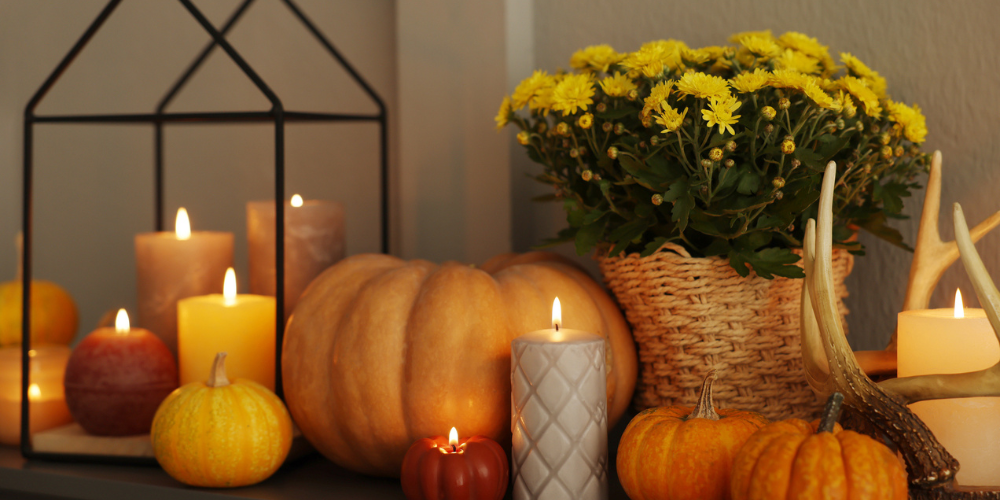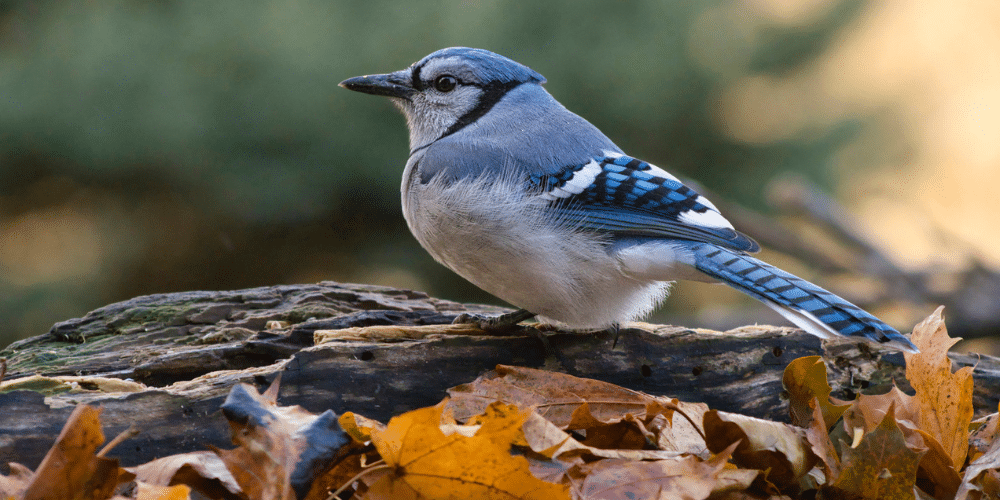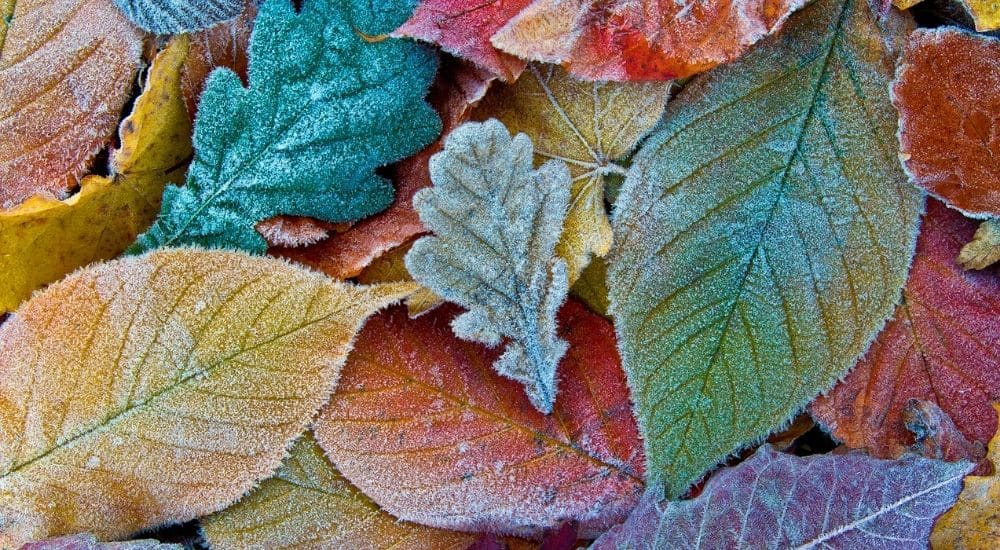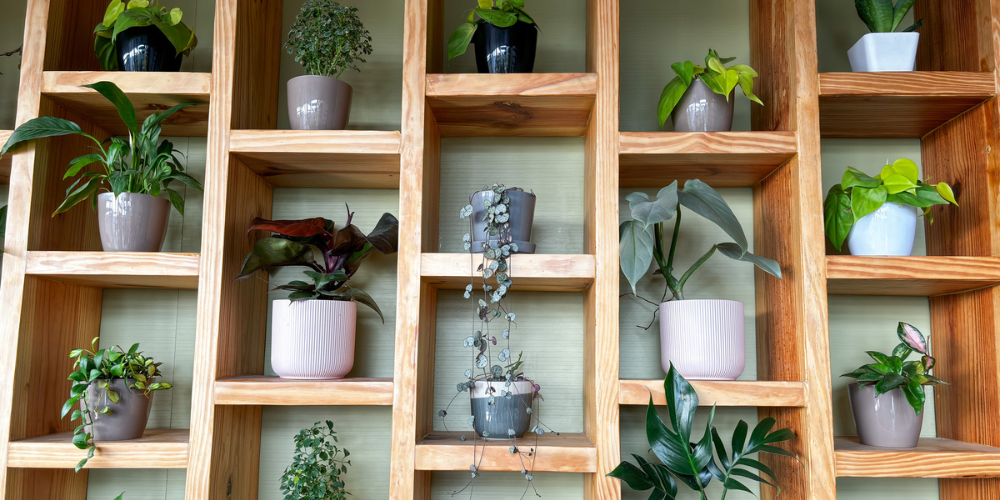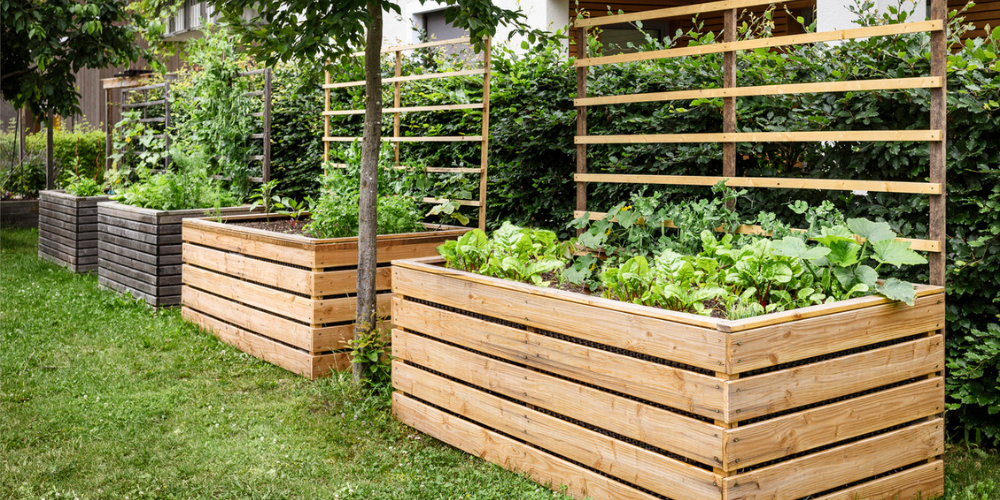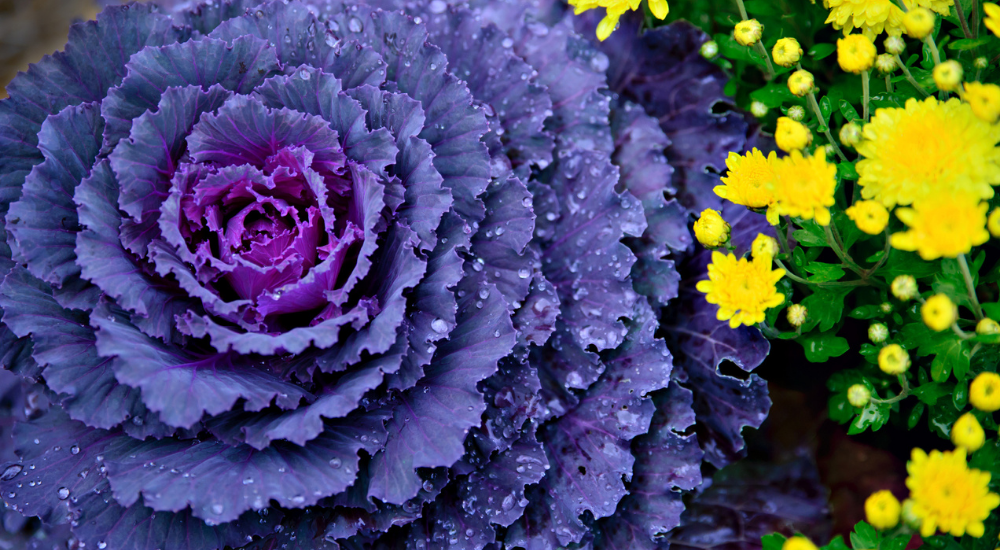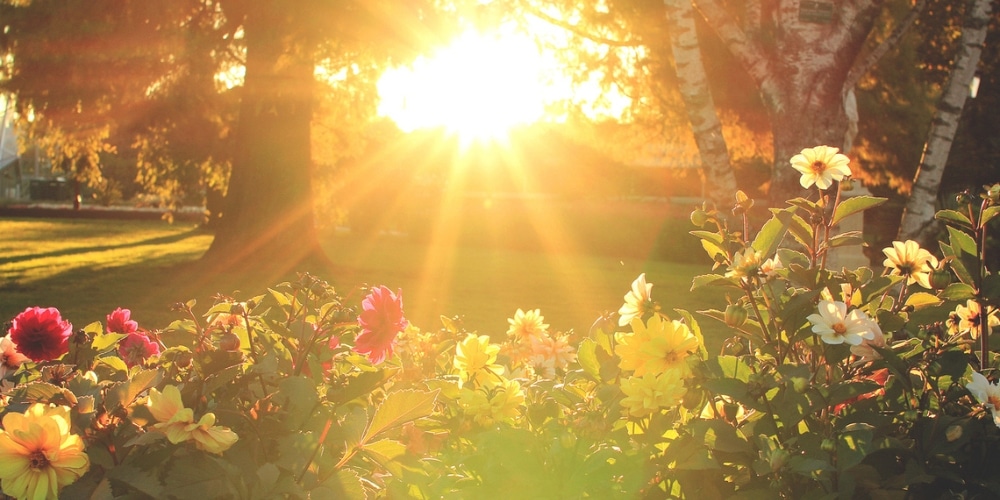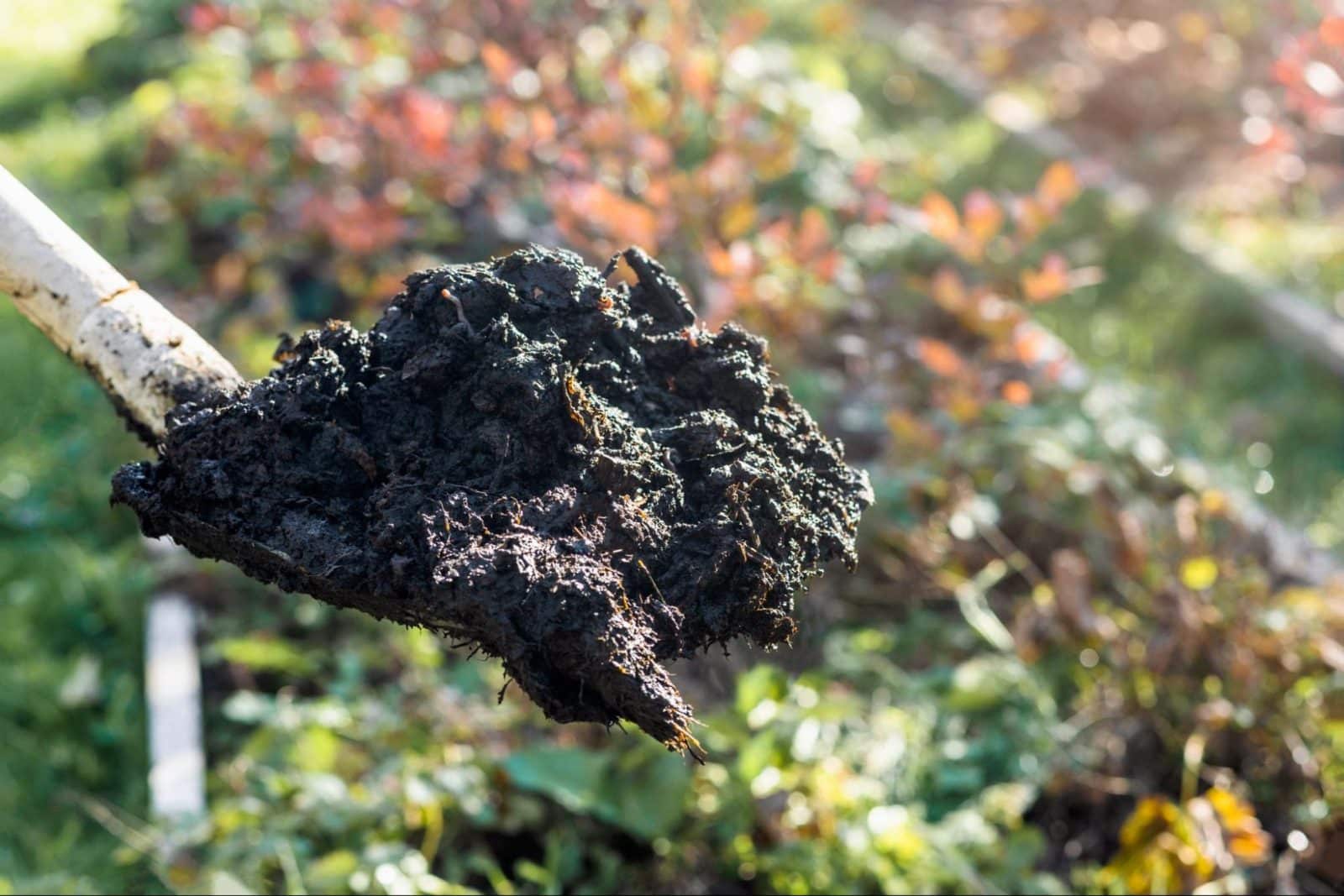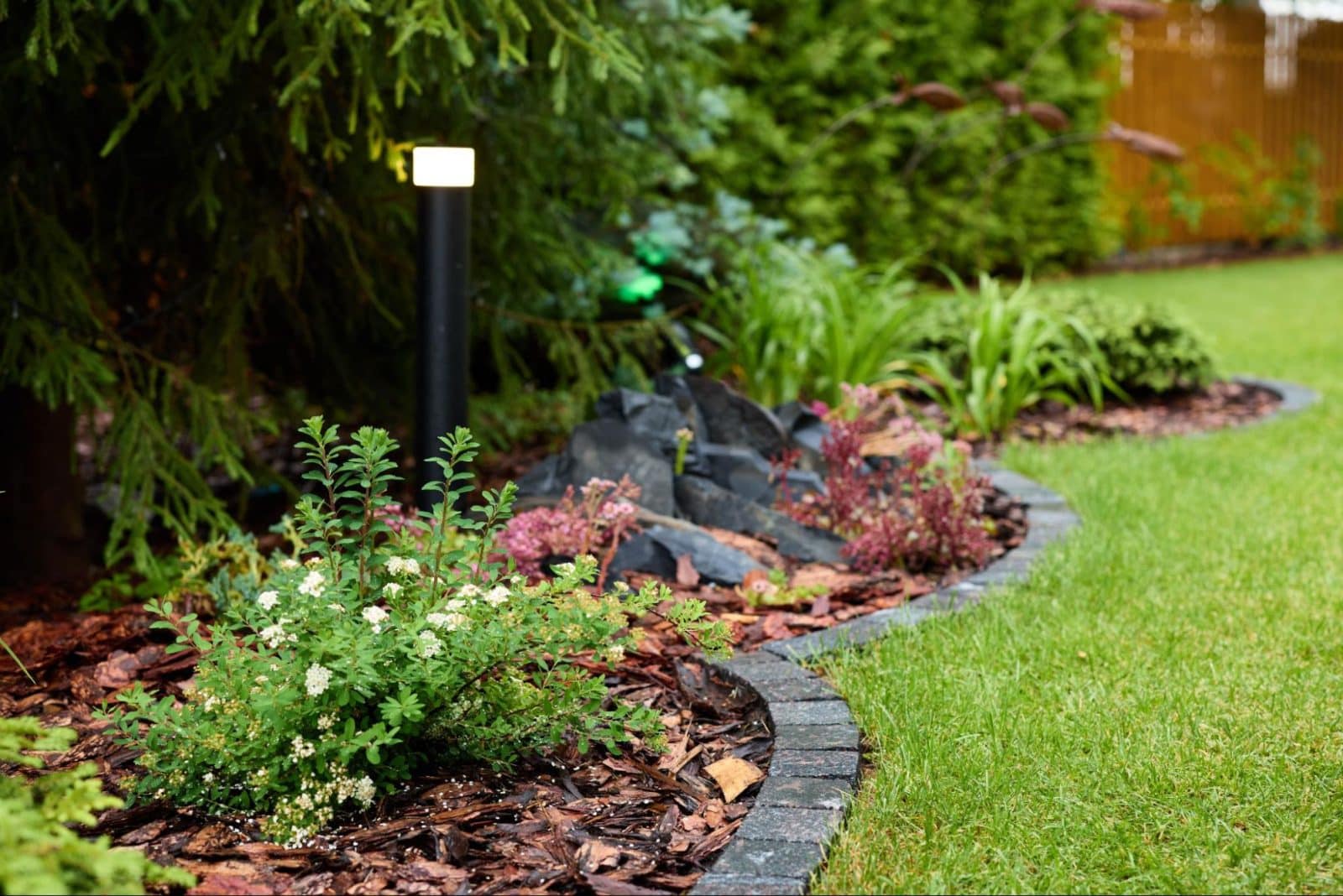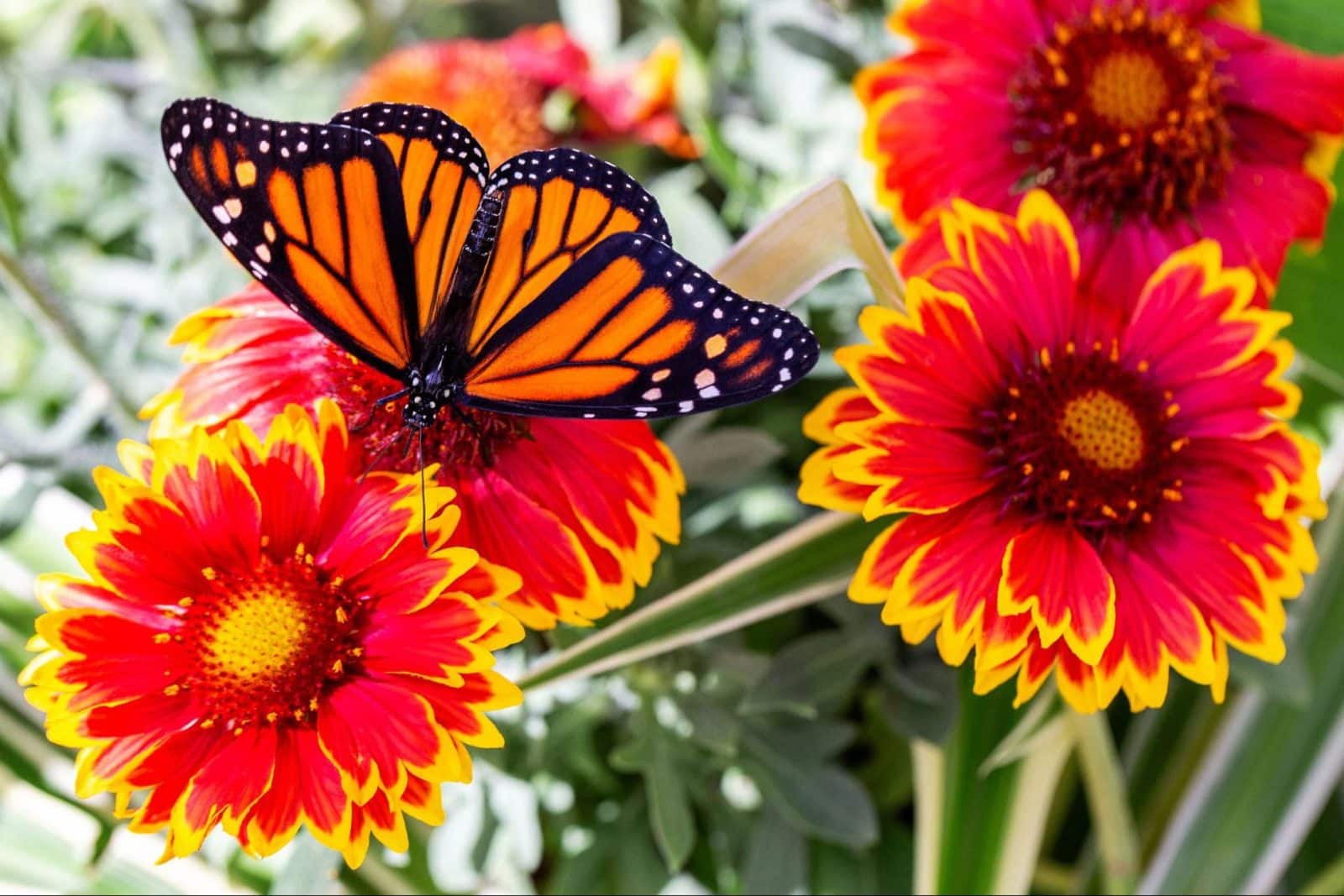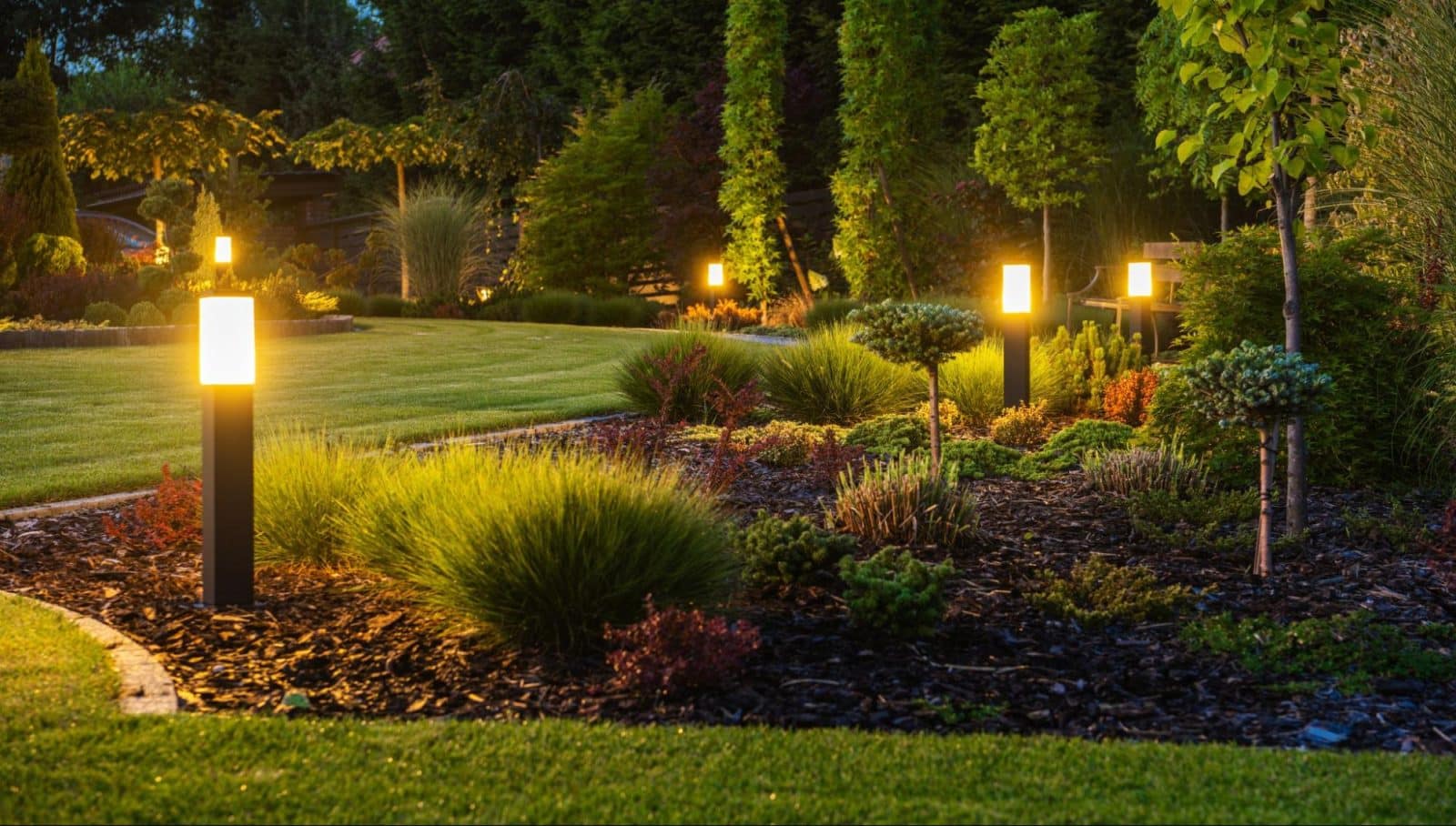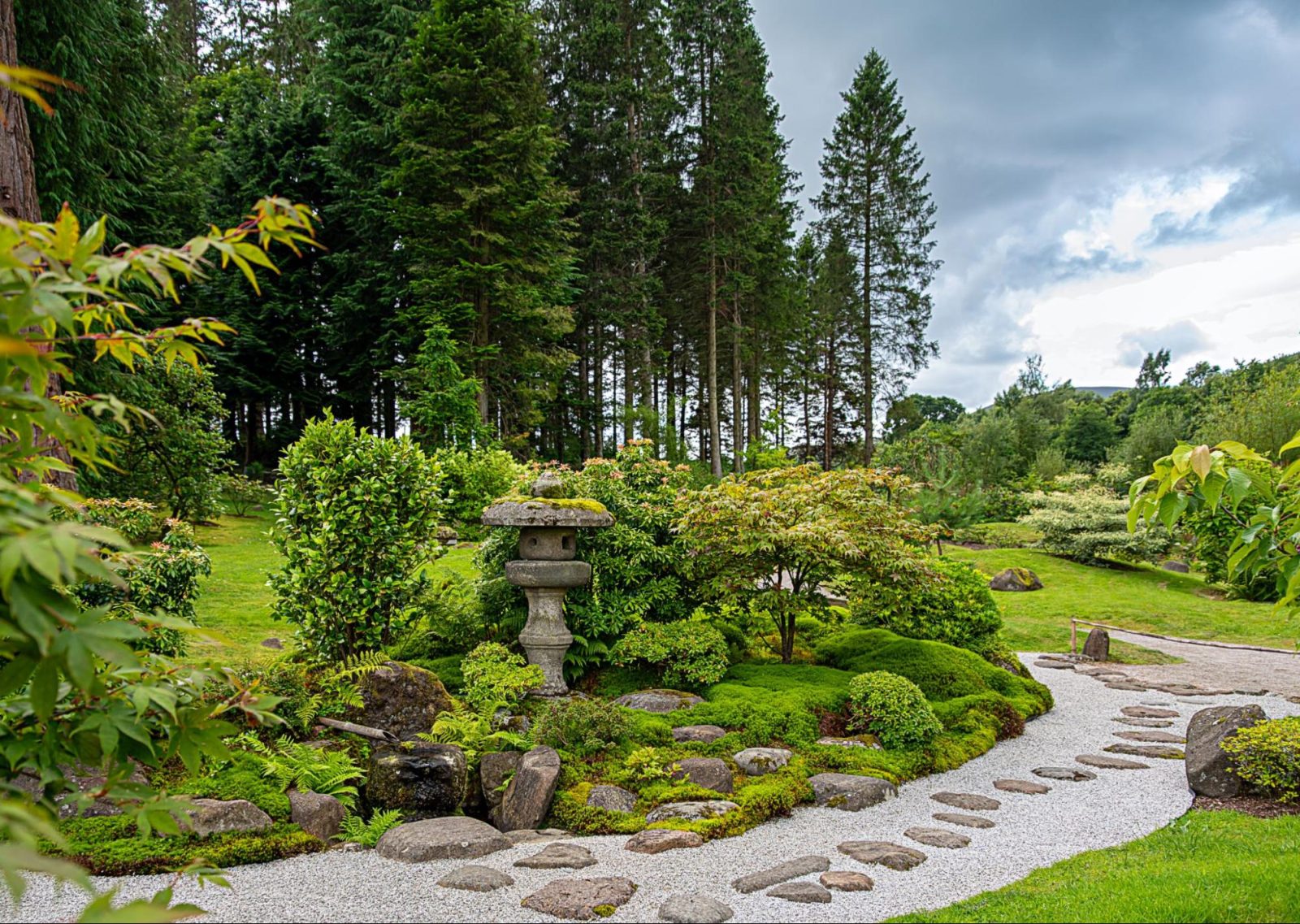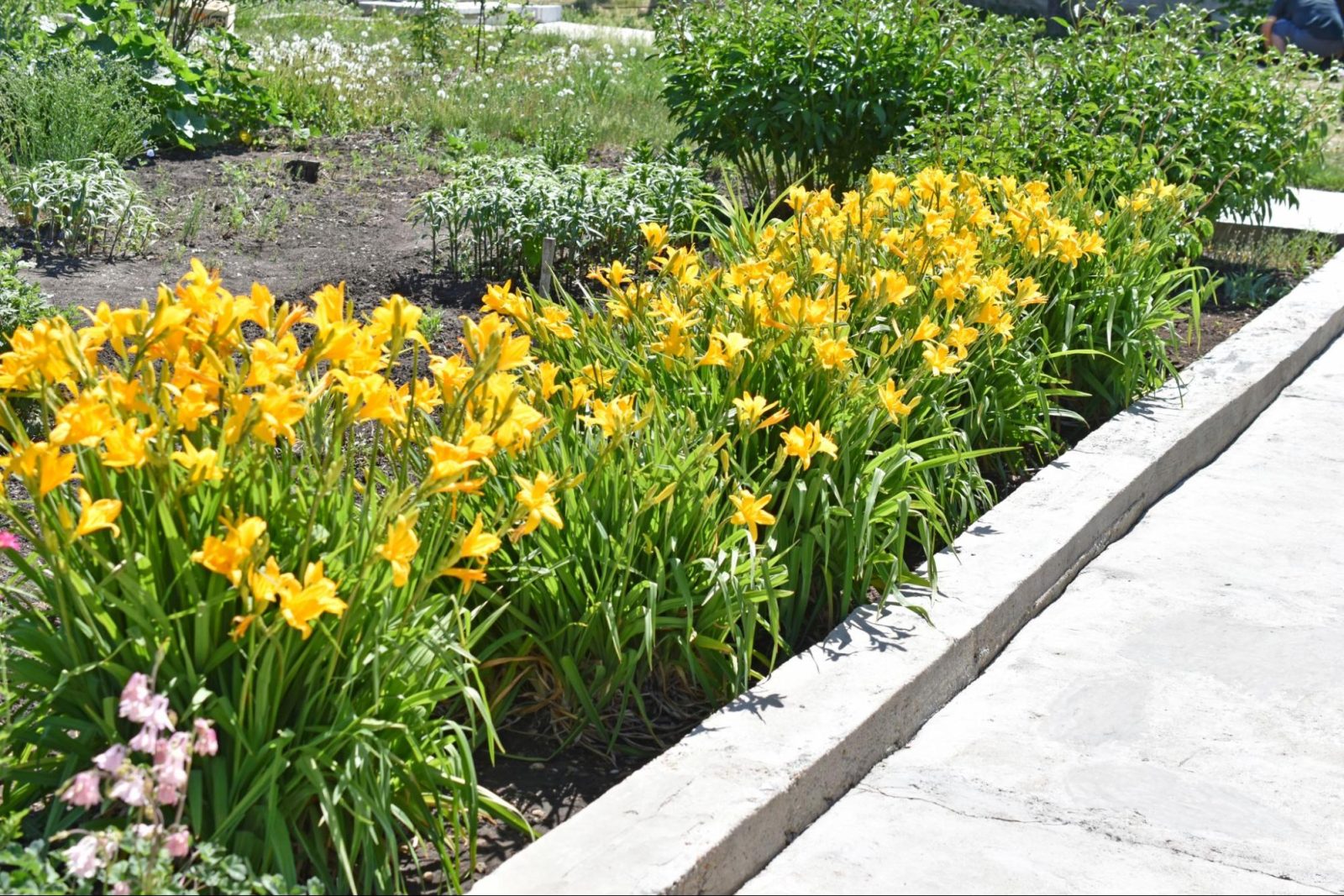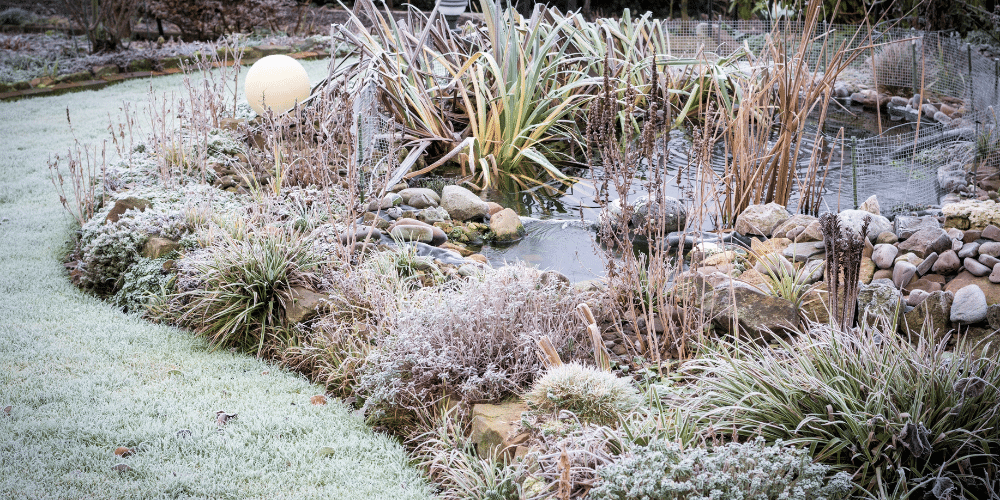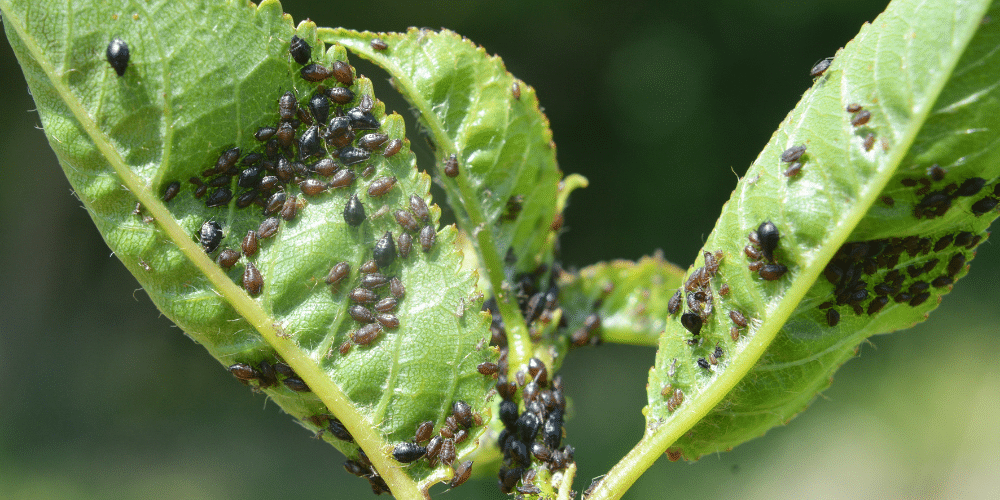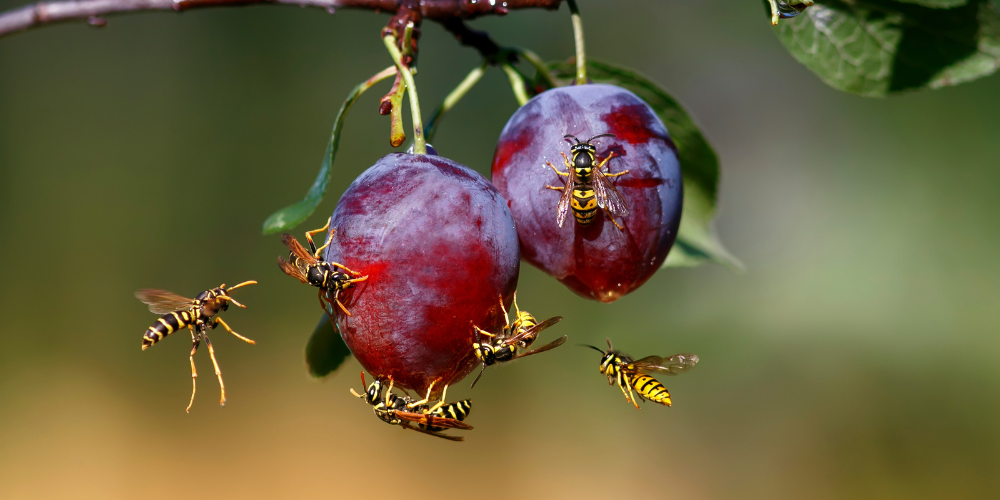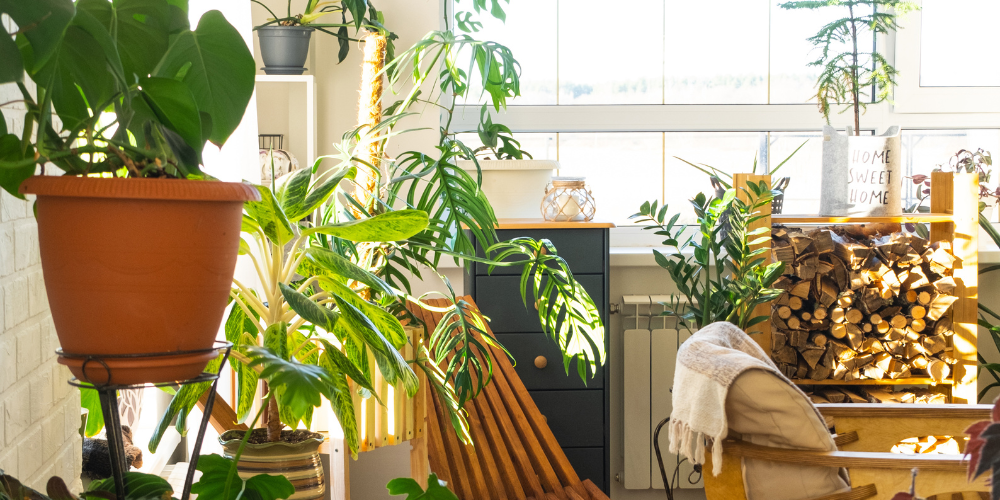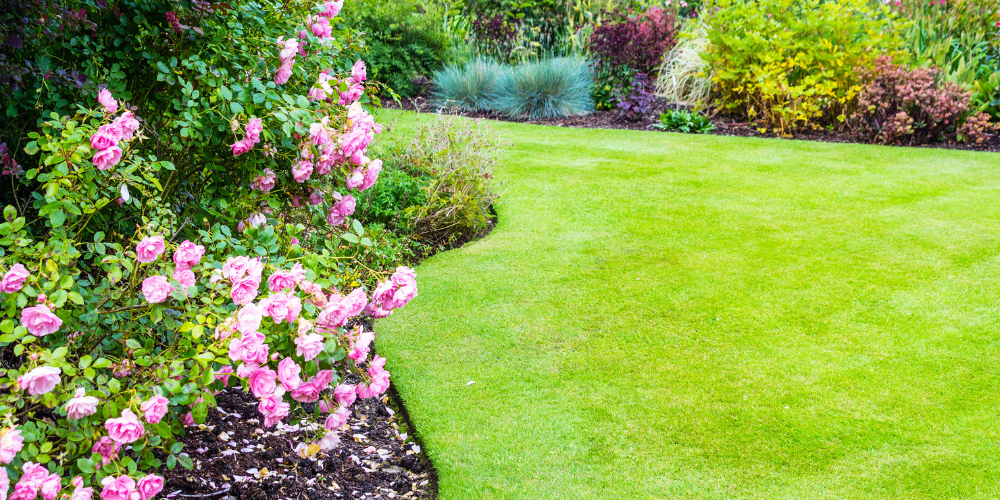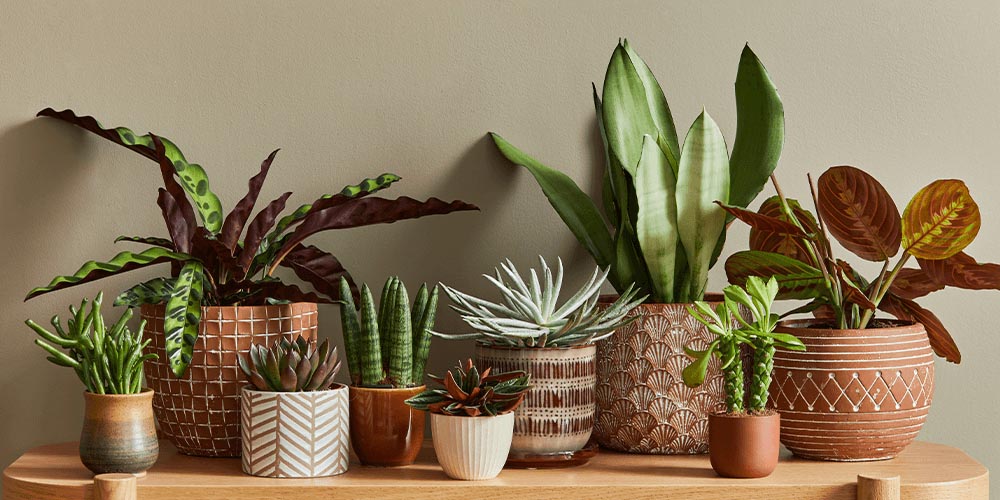
Albertans are no strangers to epic cold and dry winters. When temperatures drop to sub-zero double digits, most of us tend to crank the heat to make up for it. Unfortunately, this can do quite a number on our houseplants as it pretty much sucks the humidity right out of our homes.
Since many of the most popular houseplants are tropical, it is essential to find a way to maintain some level of humidity and regulated temperature in your home to keep them happy and healthy. While there are a great many ways to increase humidity to a comfortable level for your houseplants, here are five of the simplest, most effective ways to go about it!
1. Use A Humidifier
One of the best ways to boost humidity levels for your indoor plants is using a humidifier! They are relatively inexpensive, and you can easily turn them on and off to maintain the perfect humidity levels for your houseplants. Some come with a monitor that automatically turns the humidifier on and off to maintain a particular humidity level. Plus, they are a great benefit to people, too, as many of us tend to experience issues like dry skin when we are tucked away in the house with the furnace cranked all winter.
With that said, it isn’t necessarily practical to attempt to have a humidifier running in every room in your house, so you may benefit from picking a ‘plant room’ for the colder months of the year and keeping all of your tropical friends in there for the season.
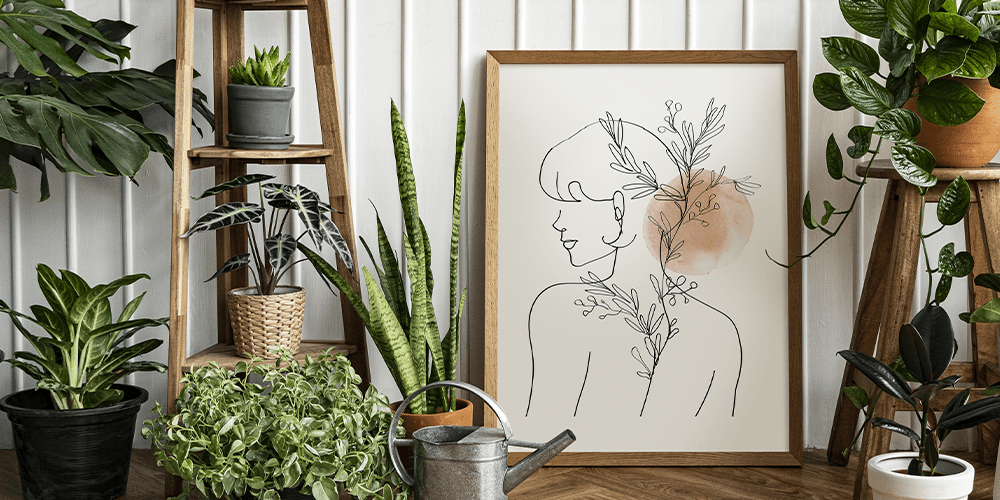
2. Group Your Plants
Ever strolled into a garden center or greenhouse and noticed a starkly higher level of humidity? This is due to transpiration, where plants release moisture into the air around them via their leaves.
When you group plants close together, there is more transpiration, which naturally increases humidity levels. Grouping will work great if you have a fairly significant plant collection, but it will be less effective if you only have one or two. It is also important to note that grouped plants should have similar care requirements regarding light and temperature preferences.

Photo credit: leafylittlehome.com
3. Use Pebble Trays
Another simple way to increase local houseplant humidity is by employing a handy tool called a pebble tray. Try to find one that is at least double the diameter of the base of your houseplant’s pot and about an inch deep to keep the water from evaporating too swiftly.
Grab some pebbles that are roughly the same height as the base of the tray, scatter them throughout the tray and then fill it up with water so that just the top of the pebbles are showing. Place your houseplant on top of the pebbles (make sure there are enough to keep it level and secure) and ensure that the pot’s base is not submerged in the water at all so that the soil doesn’t absorb the water from the tray.
Check the water levels every few days and, voila! You have installed yourself a cheap and easy system to increase humidity for your houseplants!
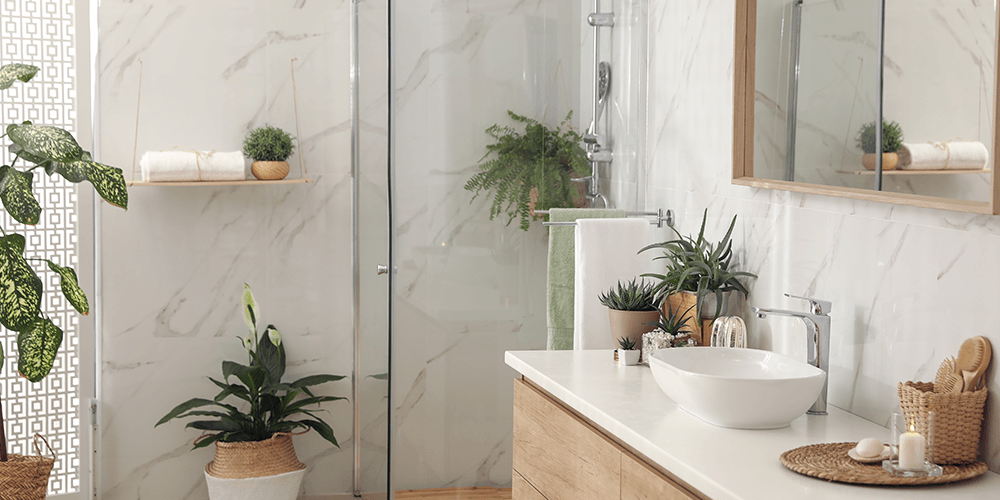
4. Take Advantage of Existing Humidity in The Home
A few rooms in your house have naturally higher humidity levels than others: your bathroom, kitchen and laundry room. Given the frequency that we utilize water in these rooms, be it for a shower, to wash our hands or even hang a wet towel, there is pretty much always something drying out in your bathroom or kitchen. These locations are ideal for plants with higher humidity requirements if you meet their light requirements.
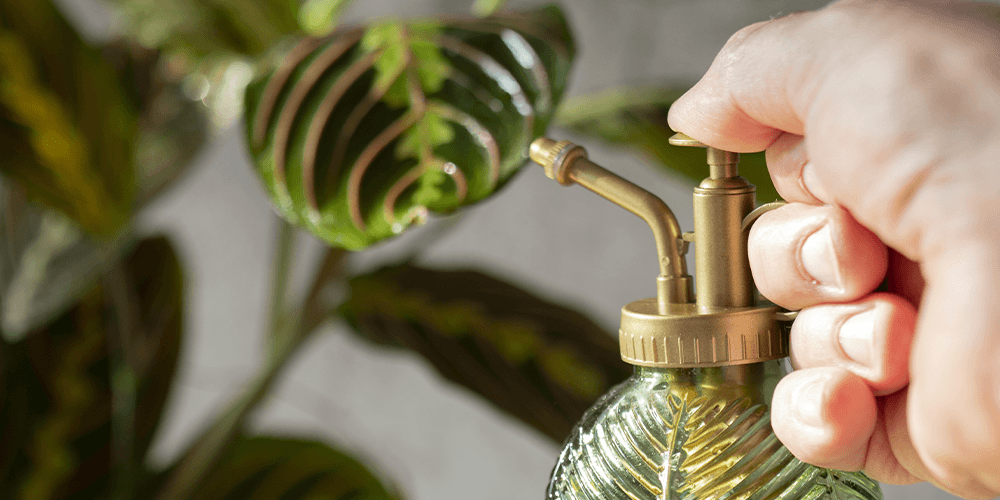
5. Mist Your Plants
Misting is a short-term solution to increasing humidity around your houseplants, so you’ll need to do it relatively frequently. Once the water evaporates, the humidity levels will return to pre-misting conditions. Many plants with high humidity requirements, like Calatheas, must be misted daily. The idea is to mist the air around the plants rather than mist the foliage directly, as it can increase the chances of fungal diseases in more susceptible plants.
There is no shortage of ways to increase the humidity levels in your home for your houseplants, but these are the ones that we find to be the easiest and most effective here at Salisbury Greenhouse. Stay tuned for part two of our Winter Houseplant series, where we will discuss how to measure houseplant humidity and what the right level of humidity is for your houseplants.

